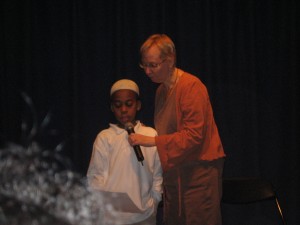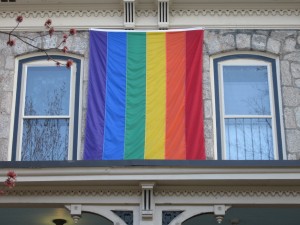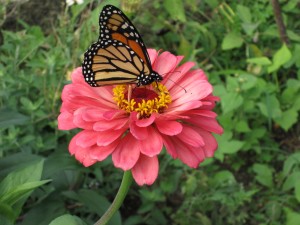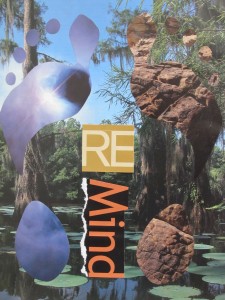 Let me begin by saying two things. First, I’m not really into sports. Second, my spouse, Kip, is a soccer aficianado, and because of that I sometimes learn about the inspiring things that can happen in the world of sports, one of which took place a couple weeks ago at a soccer match in Italy.
Let me begin by saying two things. First, I’m not really into sports. Second, my spouse, Kip, is a soccer aficianado, and because of that I sometimes learn about the inspiring things that can happen in the world of sports, one of which took place a couple weeks ago at a soccer match in Italy.
The game was being played by two Italian teams, and on the visiting team from Milan was a player, Kevin-Prince Boateng, who is a German-Ghanian. Whenever he got the ball, some of the fans in the stands would start making racist taunts. Finally, Boateng had had enough. He threw the ball into the stands at the hecklers, pulled off his jersey and walked off the field.
That alone would have made for an inspiring tale of personal courage, but it wasn’t the end of the story. Soon all his teammates followed him off the field, then the players on the home team did as well.Continue Reading




